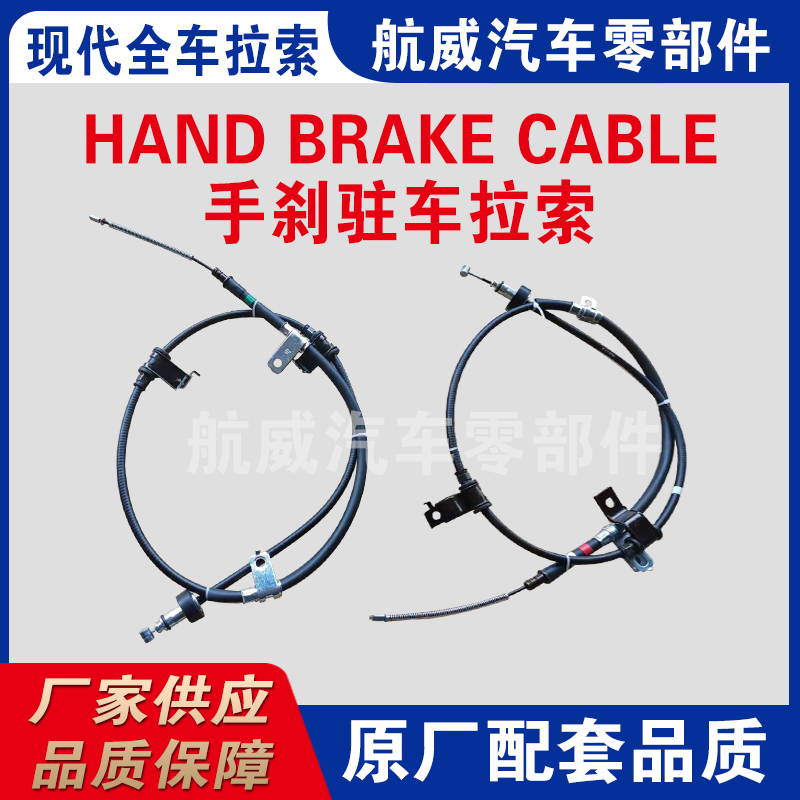Car Gear Cable Replacement and Maintenance Tips for Smooth Driving Experience
Understanding Car Gear Cables A Comprehensive Overview
When it comes to the operation and functionality of vehicles, car gear cables play a crucial role that often goes unnoticed. These cables are essential components that facilitate the smooth transmission of power from the gear lever to the transmission system, allowing drivers to change gears effortlessly. In this article, we will explore the importance, functionality, and maintenance of car gear cables.
What Are Car Gear Cables?
Car gear cables, also known as transmission or gear shift cables, are mechanical components that link the gear lever inside the vehicle to the transmission system. They are typically made from a durable material like steel encased in a protective sheath, which prevents wear and tear and ensures long-lasting performance. The primary function of these cables is to transmit the driver’s input from the gear shifter to the gearbox, enabling seamless gear changes.
How Do Car Gear Cables Work?
The operation of car gear cables is relatively straightforward. When a driver shifts the gear lever, the movement is transmitted through the cable to the transmission. The cable acts as a flexible connection that translates the linear motion of the gear lever into the required movement within the gearbox. This mechanism allows for a variety of movements, whether it’s shifting up to a higher gear for acceleration or downshifting for deceleration.
Over time, wear and tear can affect the functionality of gear cables. Common issues include fraying, stretching, or corrosion, which can lead to difficulty in shifting gears or even complete failure of the cable. Timely maintenance and replacement of worn-out cables are essential to prevent more serious issues that could affect the vehicle’s overall performance.
Importance of Proper Maintenance
car gear cable

Maintaining gear cables is critical for ensuring smooth gear changes and optimal vehicle performance. Regular inspections can help identify potential issues before they escalate. Drivers should pay attention to any unusual signs such as stiffness or resistance when shifting gears, as these may indicate that the cables are not functioning properly.
Lubricating the cables is also an important aspect of maintenance. Proper lubrication reduces friction and wear, prolonging the life of the cables. Additionally, ensuring that the cables are correctly adjusted and free from debris can also prevent premature failure.
Signs of a Failing Gear Cable
Being aware of the signs indicating a failing gear cable can save drivers from inconvenient breakdowns or costly repairs. Here are some common symptoms to watch for
1. Difficulty Shifting Gears If you notice that it’s becoming increasingly hard to change gears, it may be a sign of a frayed or worn-out cable. 2. Disconnecting Gear Lever If the gear lever feels loose or disconnected, it might indicate that the cable has broken or detached from its fitting. 3. Unusual Noises Strange sounds, such as grinding or popping noises when shifting, could suggest that the cable is damaged or has lost its lubrication. 4. Stuck Gears If the vehicle gets stuck in a specific gear and refuses to shift, it might indicate a serious problem with the gear cable.
Conclusion
Car gear cables are vital components that play a significant role in the overall functionality of a vehicle. Understanding their purpose, how they work, and the importance of maintenance can help drivers ensure a more pleasant and safe driving experience. By paying attention to the signs of wear and addressing any issues promptly, car owners can avoid potential mechanical failures and extend the life of their vehicles. Whether you are a seasoned driver or a new car owner, recognizing the significance of gear cables in your vehicle's performance is essential for keeping your car running smoothly.
-
Workings of Clutch Pipe and Hose SystemsNewsJun.04,2025
-
The Inner Workings of Hand Brake Cable SystemsNewsJun.04,2025
-
The Secrets of Throttle and Accelerator CablesNewsJun.04,2025
-
The Hidden Lifeline of Your Transmission Gear Shift CablesNewsJun.04,2025
-
Demystifying Gear Cables and Shift LinkagesNewsJun.04,2025
-
Decoding Clutch Line Systems A Comprehensive GuideNewsJun.04,2025
